When we see the stunning nature in Norway we feel lucky that we can call this place home! We wish for everybody to come and see the beauty that nature created here; deep fjords and steep mountains excavated by glaciers, powerful waterfalls raging down the mountainside as well as crystal clear water of glacier lakes. It is easy to fall in love with nature while traveling in Norway. And we want you to do so because we believe that what you love you will protect.
Previously, we put together an article to help you avoid the most common mistakes people make when planning a trip to Norway. It should help you to choose the best time to travel to Norway depending on what you want to see and do and help you to decide which region to visit.
In this article, we would like to follow up and help you avoid dangerous situations, social faux-pas, confrontation with locals or police or simply spending unnecessary money when you are already traveling in Norway.
OVERESTIMATING THEMSELVES AND UNDERESTIMATING THE WEATHER
Norway is a wild country and the weather can be unpredictable. More and more people are heading to the Norwegian mountains without having any previous hiking experience. They often underestimate the terrain, distance, daylight hours, snow- and weather conditions, clothes and equipment and last but not least their fitness level.
Thanks to social media, the whole world has a chance to see people posing on top of Trolltunga or sitting on the edge of Preikestolen. Many tourists travel to Norway because they want to have a picture of themselves at exactly these spots.
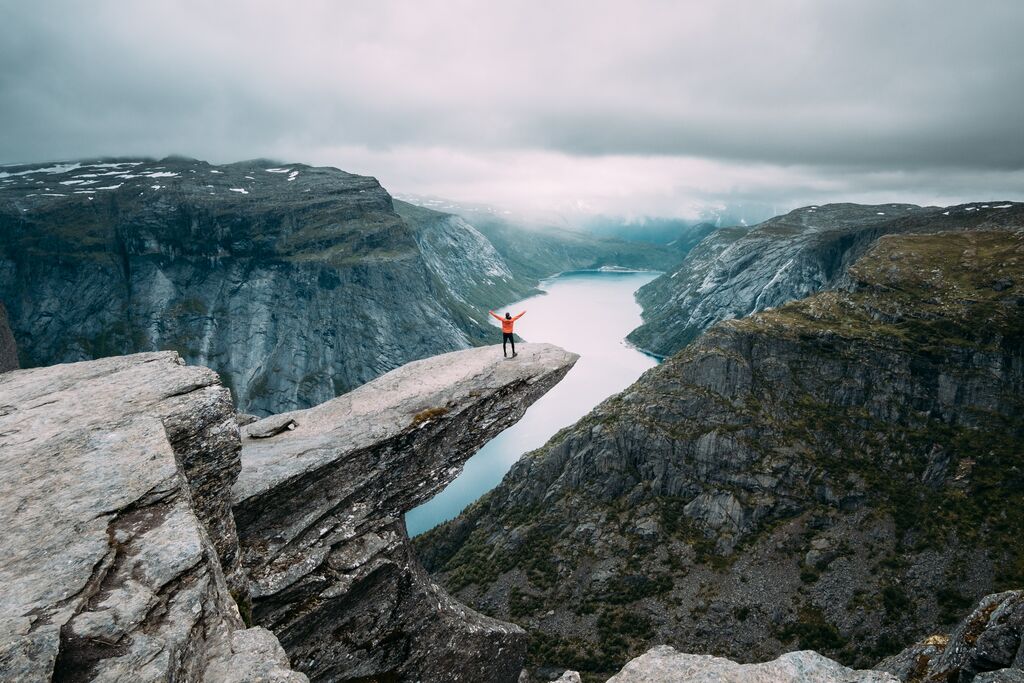
The number of tourists attempting these hikes increases every year goes hand in hand with increasing reports of rescue operations conducted by Norske Folkehjelp. In most of the cases, it is ill-prepared people with poor footwear that have to be carried down the mountains. Don´t be one of them!
Even if the weather seems to be good and the temperatures are warm at the beginning of the hike, that does not mean that it can not change very quickly once you climb up to higher altitudes. It often rains in western Norway and the trails become muddy. It is easy to slip if you do not have proper footwear. Higher up in the mountains (Trolltunga is at 1,100m above sea level) the rain can turn to snow even in the middle of summer.
Rules to follow when hiking (not only) in Norway
- Always check the weather forecast before you attempt a hike. Skip the hike in case of bad weather.
- Always tell somebody about your plan and the time when you expect to be back.
- Wear proper clothes. That includes a waterproof and windproof layer as well as a warm one.
- Be sure to pack enough food with you.
- Bring a headlamp.
- Make sure that your cell-phone is charged in case you need to call a rescue.
Emergency phone numbers to keep in mind while traveling in Norway:
Fire, accidents and serious pollution:
Tel 110
Police – immediate assistance:
Tel 112
Ambulance and Medical assistance:
Tel 113
ATTEMPTING TO HIKE AT PLACES THAT ARE CLOSED
Most of the popular hikes in Norway are not accessible all year round. The hiking season lasts usually from June to October. But if a certain hike is opened or not, it depends on the amount of snow in that particular area.
The winter in the Norwegian mountains can be tough and many things can go wrong. The weather can suddenly turn bad and you might get lost. You might have to walk through deep snow or there might be avalanche danger. You might underestimate the time you need and find yourself hiking in pitch-black darkness. Do not, therefore, try to attempt any hikes that were closed for the season, unless you are an experienced hiker and you do not have the proper equipment.
Sometimes it happens, that the hike that you wanted to do is closed for maintenance even in the middle of summer. More and more tourists are heading to Norway every year and many of them want to go hiking. The narrow muddy paths can not handle such amount of people. There is a continuous effort to improve the conditions of the hiking trails in Norway. In the past ten years, Nepalese Sherpas worked on more than 200 hiking trails in the whole of Norway making them more accessible for the increasing amount of hikers.
Please show some respect and choose a different hike if the one that you wanted to do is temporarily closed. By not respecting the closures you might put not only yourself but also people working there in danger.
LACKING THE KNOWLEDGE OF NATURE AND IGNORING THE WARNING SIGNS
You might have noticed that there are no fences on Preikestolen, Trolltunga, and many other natural tourist attractions. Norwegian authorities simply count on people´s common sense. And so far it worked.
You see, people who grew up in Norway simply know that it is a very bad idea to walk to the edge of a cliff on a windy day or posing under the front of a glacier. No need for warning signs. However, tourists coming from all different corners of the Earth do not sometimes understand that they might be putting themselves in danger.
I understand, that if you have never seen a glacier before, you want to go as close as possible and even touch the ice. What you might not realize is that the glacier moves constantly and at any moment an ice block can break off the glacier and fall on you. Sadly, there have been several deadly accidents at Nigardsbreen glacier in recent years, when tourists ignored the signs and went too close to the glacier front.
As far as I know, there are no signs (yet) that would forbid you from hanging down from the cliffs at Trolltunga and Preikestolen. It is assumed that people would understand that it might be dangerous and they would not do such a thing. And yet, some are willing to do just about anything for a selfie or likes on Instagram. Check the video here!
Behavior like this is why some tourist attractions are considering closing down for the public.
STICKING TOO RIGIDLY TO THE PLAN MADE BEFORE TRAVELING TO NORWAY
It is good to have a plan for what you want to do and see in Norway. But things do not always work according to your plan. Especially in Norway, where the weather has a mind of its own. Your plans might get challenged by road or tunnels closures forcing you to take a detour.
There is also no point hiking in the mountains when it rains cats and dogs. You won’t have any view anyway and you might put yourself in danger. Make plans, but keep them flexible. If you can, put an extra day or two to your itinerary.
UNDERESTIMATING THE DISTANCES IN BETWEEN GAS STATIONS
The perception of distances depends very much on where you come from. I come from the Czech Republic, which is a relatively small country in central Europe that you can cross from west to east in 6 hours. You can find a gas station or supermarket every few kilometers there.
Finding a gas station in Norway can be a different story though. Especially in western and northern Norway you can sometimes drive for several hours before finding one.
Refilling the fuel is usually very straight forward. You either fill with 95-octane or diesel. Some gas stations sell their own “special” diesel, which may be more fuel-efficient, at a premium price of course.
When refuelling you just stick your credit card to an automat and refill the gas yourself. This can be done 24/7. It is no big deal for most credit cardholders. If you, however, do not have a credit card with PIN code, then you might run into trouble with the automat.
If the station is manned you can usually pay with your card and signature or cash inside a convenience store, where they also sell some basic supplies. Those stores are usually open only until 9-11 pm.
Just keep that in mind, and try to refill the gas before the low fuel light goes on.
TRYING TO BUY ALCOHOL IN SUPERMARKETS
You will find only beer with less than 4.75 percent ABV in the Norwegian supermarkets. Even though the stores are usually open until 11 pm you can purchase beer only before 8 pm on weekdays or 6 pm on Saturdays.
For wine, spirits or strong beer, you must visit state-owned chain Vinmonopolet. There are several Vinmonopolet in larger cities, but in the countryside, you can find yourself driving for some hours to reach one. A friend of ours made this exhausting map with locations of most Vinmonopolet shops in Norway.
Opening times of supermarkets:
Weekdays: 7 a.m. – 11 p.m.
Saturdays: 7 a.m. – 11 p.m.
Sundays: 11 a.m. – 8 p.m.
Times when you can buy beer:
Weekdays: 9 a.m. – 8 p.m.
Saturdays: 9 a.m. – 6 p.m.
Sundays & public holidays: Not permitted.
If you travel on a budget and you would still enjoy a bottle of wine or other alcohol, then I would encourage you to buy it at a duty-free shop at the airport. Beware that there are strict limits on imported alcohol and cigarettes, though. To be sure that you do not exceed your limit I recommend downloading the Norwegian customs app.
Don’t crush and throw your empty cans. You can return them at any supermarket and get a small refund. The same goes for plastic bottles.
BUYING BOTTLED WATER WHEN TRAVELING IN NORWAY
It is perfectly safe to drink tap water anywhere in Norway unless the local authorities state otherwise. It is in fact of excellent quality! Even the famous bottled water VOSS that fills the Kardashians’ fridge has the same source as tap water in the Iveland municipality.
Almost nobody in Norway buys bottled water. We simply refill our reusable water bottles with tap water. It is tasty, cold and never older than 24 hours. Give tap water a chance while traveling in Norway!
LEAVING TRASH AND TOILET PAPER BEHIND
Compared to many other countries that I have traveled to, Norway is petty clean and you will hardly find much rubbish here along the roads and hiking paths. This has an exception though – places frequently visited by tourists.
I do not want to generalize and say that it is only tourists who leave trash behind in Norwegian nature. On the other hand, judging by the amount of trash that we often find along popular hiking trails I dare to say that there is something to it.
I think that that one of the problems is that tourists expect developed infrastructure at tourist attractions and popular hikes. They simply do not realize that there won’t be any public toilets or trash bins on the way to Trolltunga or Preikestolen.
Please keep that in mind and always bring your trash back with you. What is more, if you see some trash in nature, be so kind and pick it up. Let’s keep the beautiful nature clean!
The other thing that makes us upset (and not only us) is the amount of used toilet paper, tissues and wet wipes in nature. It is disgusting. People will argue that the toilet paper is harmless and it will decompose. Yes, but do you know how long does it take? Do other people have to look at toilet paper at various stages of decomposition for several weeks or even months? Needless to say, that wet wipes, that people so often use to wipe their 🍑do not decompose at all?
What should you do then when nature calls? Dig your toilet paper along with your 💩or bring a zip-bag with you, put the used toilet paper in it and throw it later to a trash bin. Simple as that.
PARKING ALONG THE ROADWAYS AND BLOCKING THE TRAFFIC
Every summer the newspapers (not only) in Lofoten fill with stories about misbehaving tourists. People pitch their tents at places where it is explicitly forbidden (even on a graveyard!) They leave trash everywhere and park their cars in places where they block the roads.
The roads in the Norwegian countryside are narrow and hardly fit two cars passing each other. They were never built with lots of cars in mind, let alone tourist buses and campers that come to Lofoten every summer. Keep that in mind when you are searching for a parking spot. If there is even the slightest chance that you might be blocking the road then park somewhere else.
The same goes for overnight camping in the vans and mobile homes. The rules for camping and sleeping in a car are very benevolent in Norway, so please do not push it. If there is a sign that explicitly says “no camping” then go and find some other spot. Or pay for a campsite.
Again, it has been a huge problem on the Lofoten archipelago as well as some other frequented places in western Norway. If we all do not play by rules then I fear that overnight camping in the cars outside of camping areas will be forbidden just like it happened in Iceland.
BEING TOO LOUD
Norwegians are not rude and cold people that do not like to interact with strangers as it is often said. You just have to get to know them a bit. The so cold rudeness and coldness are often mistaken for their specific version of politeness. In their opinion chit-chatting with people, they do not know is a way of disturbing them. They believe that everybody is entitled to their personal space.
People that are too loud are considered impolite by most Norwegians. Nobody will probably tell you anything, because they would rather grit of their teeth and roll their eyes then undergo any unnecessary conflict. But when in Rome do as the Romans, and tune it down a bit.
FAQ ABOUT TRAVELING IN NORWAY
There are almost no dangerous animals in Norway. (The polar bears live only on Svalbard archipelago.) Hiking in Norway can however be dangerous if you underestimate the terrain, weather or your stamina and equipment.
You can minimize the risks by following this set of rules:
- Not hiking alone
- Planning your hike carefully and informing someone about your itinerary
- Planning the trip according to your abilities
- Paying attention to weather forecast
- Bringing proper hiking equipment and knowing how to use it
- Using a map and compass
- Turning around or calling for help if it is needed
Norway, with its open laws regarding camping and hiking, has a reputation of being a paradise for hikers. There are no national park fees, you can pitch your tent almost wherever you want and you can park your car for free in many places.
This is sadly looking like it is about to change. Tourism has boomed in Norway, as it has in many other countries, the last decade or two. This has resulted in a lot of stress on small communities with few inhabitants and small budgets. They often struggle with overflowing public toilets and trash cans, crowded free parking lots and big RVs blocking the road.
This is new to people in Norway and every summer there are new and stricter regulations being pushed through to try to combat this problem. It is therefore important that the tourists that travel here know how to behave so everybody can enjoy Norway to the fullest.
Trash seems to be a problem everywhere we travel. I’m sure you can agree. Norway is no exception. We, therefore, encourage people to read about the Leave-no-trace principle. To take this a step further we have started to pick up trash we find laying around in beautiful places. This activity is highly addictive and we only encourage you to try it too.
We have created a list of 5 “house rules” for everybody who wants to be a responsible tourist traveling in Norway:
- Leave no trace. Pick up trash that you find.
- If the trash container is full, bring your trash with you.
- Do not park in “rasteplasser” for more than one night. If there is a sign forbidding it, please respect it!
- There is plenty of public toilets along the roads in Norway. If you, however, need to relieve yourself in nature, then don’t leave toilet paper above ground. Either bring a shovel and dig it down along with your other business or bring it back with you. If unclear, read #1 again.
- Be creative in your hiking. 90% of tourists do the “top 10 best hikes”. There are many more equally beautiful, if not more beautiful hikes out there. You can read about them here. It’s also more fun to not have to stand in line for a picture.
Are you planning a trip to Norway? Check our Norway Travel Guide!
READ MORE:
Enjoy This Post? Pin It!
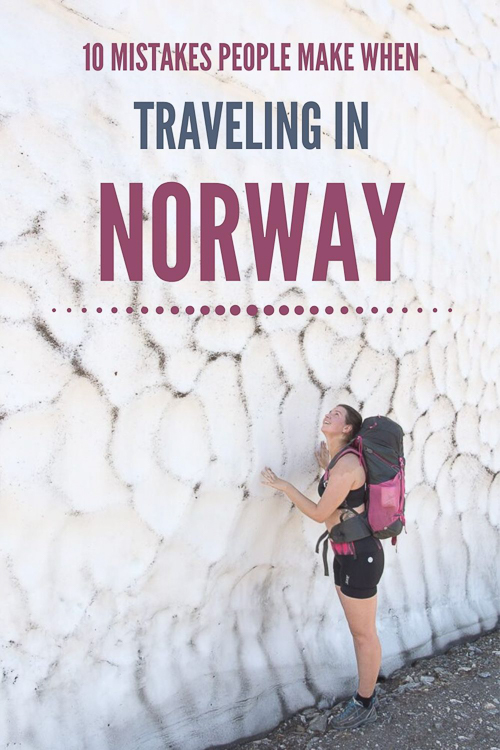
Related posts
-
15 BEST DAY HIKES IN SOUTHERN NORWAY
Maybe we are a bit biased since Ivar is a Norwegian and I have been…
-
What are the rules for sleeping in a car and wild camping in Norway?
Are you planning a trip to Norway? Are you nature enthusiast or do you just…
-
Buying a Used Car in Norway: What To Do When Things Go Wrong?
So, you just bought yourself a “works like a clock” used car in Norway and…
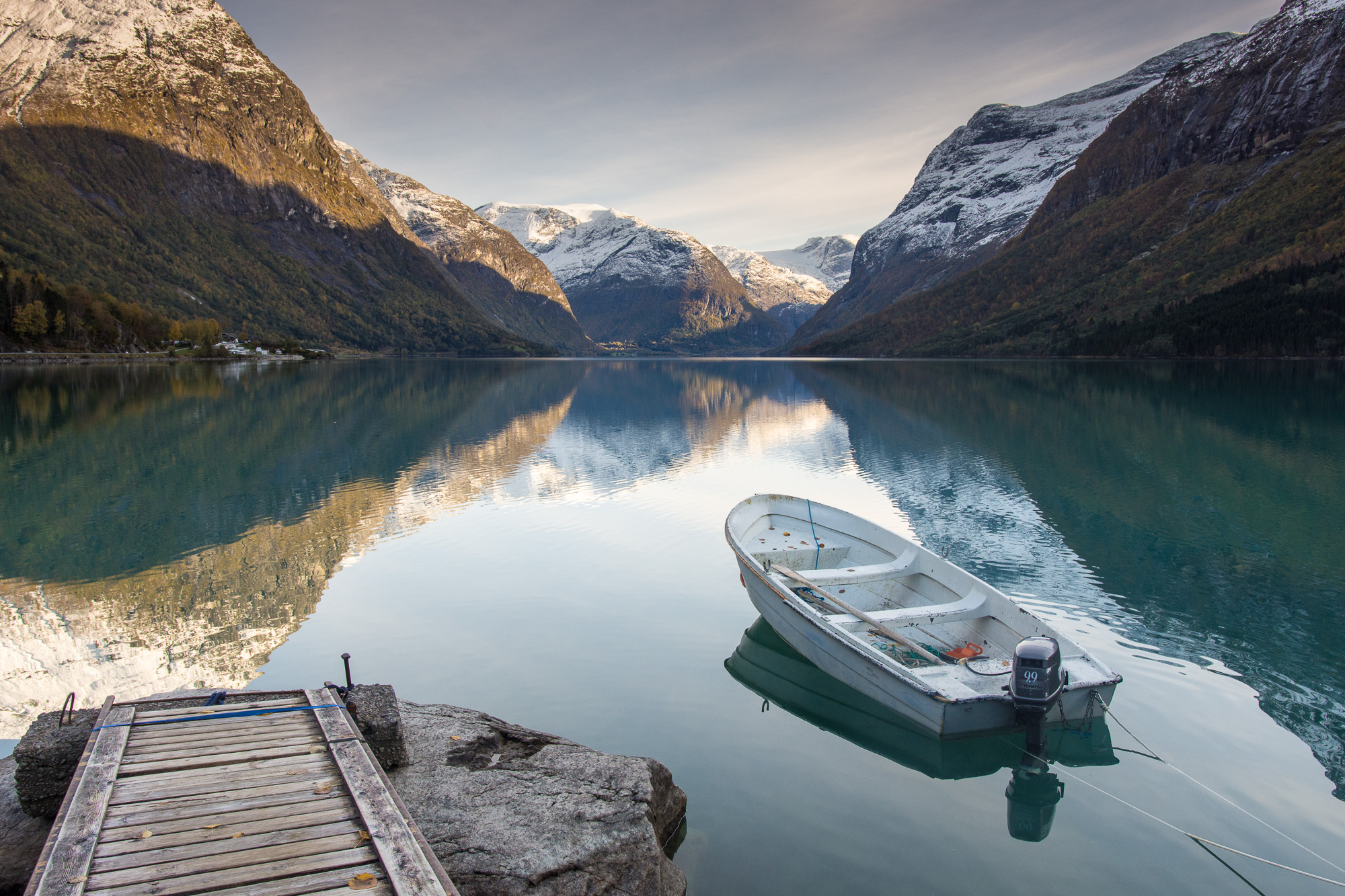
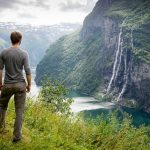
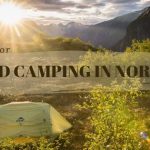


One response to “10 Mistakes People Make When Traveling in Norway”
Is it okay to plan campervan trip for two weeks with 1.3 year old baby ?
I am planning for next summer.